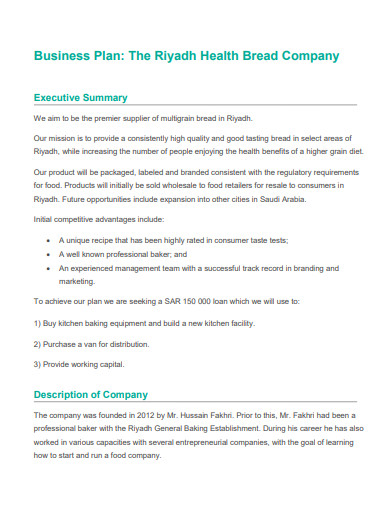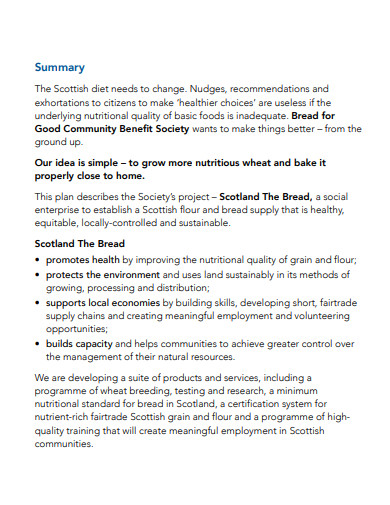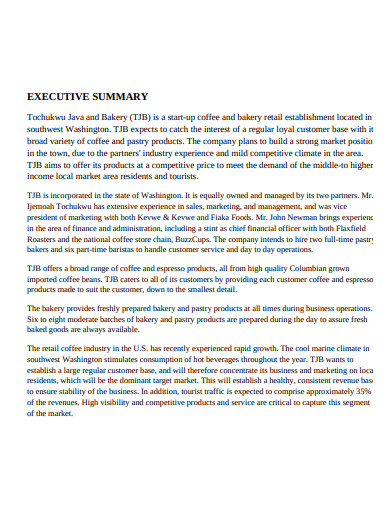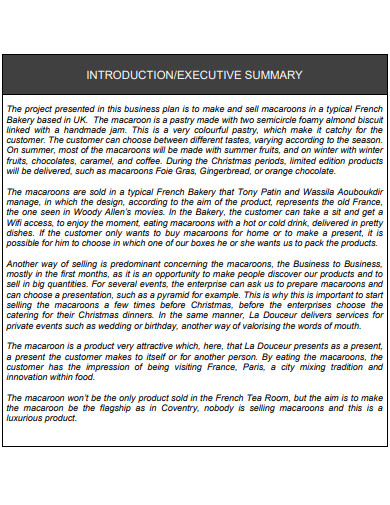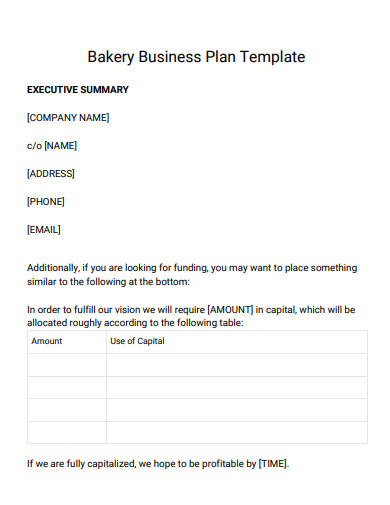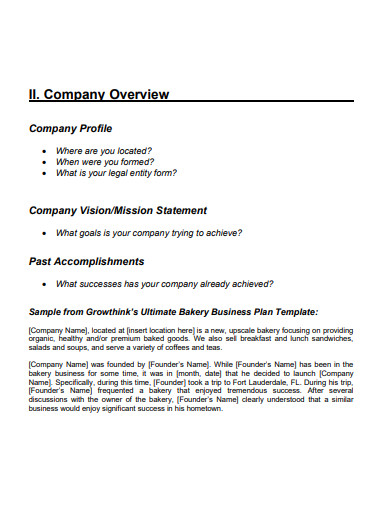Businesses are complex entities to manage and maintain. It can be quite overwhelming to keep track of everything that may be affiliated with your business, making sure that every component of your venture has been covered and taken into account. That is why it is imperative for business owners to be able to come up with a comprehensive layout for the business that they may be managing. A well laid out plan will help with keeping everybody on track, especially managers and supervisors, for all of the things that they may encounter during the overall run of the business. Being able to plan the scope ahead is always good business practice so you won’t have to waste valuable resources on ventures that might just fail. A good plan keeps everything together really well, making all of your business operations as smooth as butter.
To achieve this, you basically need what is called a business plan. Business plans are largely important documents that any business, from startup to already established ones, must have. It works like a guideline or a roadmap that the business can follow in order to achieve its, milestones, stand the test of time, and ultimately, be a successful venture. Operating without a business plan is generally not a good idea, especially when you are trying to establish a business venture in an industry where competition of everywhere.
Bakeries and cafes have grown more and more prominent over the years. This is because it’s an establishment where people can eat, without the typical pressure and atmosphere a full on restaurant might have. This can be very appealing especially to the younger generation where they prefer to have someplace to dine and hangout that is relatively casual and relaxed. And this is what I mean about industries with massive competition. Because despite of its prominently minimal nature, bakeries are still a part of the food and drinks industry, and it can easily be overshadowed by massive restaurants or other bakeries in the area.
Well drafted and well written business plans can easily take care of that for you, as well as provide you with other benefits. Including, but not limited to, being able to explore other ventures or strategies for your business, without having to invest too much time and resources into developing it. A lot of business plans cover a wide variety of components as well as a relatively broad timeframe. However, that is largely depending on the nature or size of your bakery. Try to get to know the document, see what it looks like and how it works, by checking out these bread bakery business plan samples that we have listed for you down below. After acquainting yourself, feel free to use these samples as guides or may even be as templates for when you write your own bread bakery business plan.
6+ Bread Bakery Business Plan Samples
1. Bread Bakery Business Plan
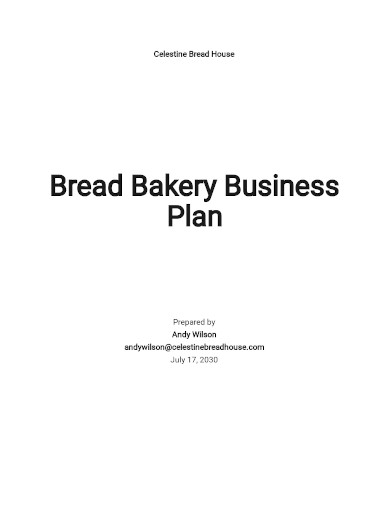
2. Health Bread Bakery Business Plan
3. Sample Bread Bakery Business Plan
4. Simple Bread Bakery Business Plan
5. Bread Bakery Business Plan Example
6. Bread Bakery Business and Marketing Plan
7. Basic Bread Bakery Business Plan Example
What Is a Bread Bakery Business Plan?
Bread bakery business plans, or just, business plans in particular, are documents that describe how a business would choose to define its objectives and what steps the organization will be willing to take in order to reach its milestones. A business plan is sort of like a roadmap for the whole company to follow, including different departments like marketing, financial, and operational. Business plans are generally very important documents that can be used to attract an investment even before the business has been established. A good way to secure funds, resources, and partnerships in the earliest stages of your company. Although the document is more beneficial to startup businesses, every company should be able to come up with a well developed business plan to make sure that it maintains its business.
Writing one provides them with a document that they can review and periodically update to see if any of the goals that they have established are met and how the circumstances that they are working with have changed. A good business plan is one that is able to outline the projected and estimated costs of the project, as well as the pitfalls of the decision that a company may have made. Different companies have their own way of dealing with different problems and issues within, that is why despite being dominantly present and used in the industry, it is still particularly rare to find two business plans that are perfectly identical with each other.
Elements of a Bread Bakery Business Plan
The length of your business plan varies greatly depending on the nature and the scope of which your business is in. However, despite of that, all of the information that you are willing to present, really should be able to fit into a 15 to 20 page document. And although no two business plans are alike, they mostly operate just about within the same elements. Listed below are these elements, and they will also be discussed in more detail.
- Executive summary
The introductory section of your business plan should be dedicated to outline the company, all the information that is to be presented within the document, and the components that highlight the company itself like the mission-vision values, company leadership, employees, operations, and the location of the business. Your executive summary should talk about what the company is, the nature of the business, and the rest of the necessary information that has to be presented early on. - Products and services
This is where the company should be able to highlight and outline the products that they offer. This section should include pricing, product lifespan, and the benefits a customer may have. Other factors to be present include the manufacturing and the production process, the patents, and proprietary technology that the business might use. - Market analysis
A business needs to have a crystal clear idea of its target audience and their demographics. They should be able to get to know them more, it may not be in a personal way, but the business should learn to be interactive with the audience and to know what they exactly want. Doing so will give you a better idea of the market, identify who or what the competition is, and how to stay on top of that competition. - Marketing strategy
After you’ve analyzed your market, it’s time to present your strategy. Describe how the company will attract the customer base and how it intends to maintain it. It should then talk about how it will reach the consumers by being able to outline a clear distribution channel, including advertising and marketing campaigns, and through which medium will those campaigns be disseminated through. - Financial planning
The company should also present the business’ financial planning to further attract the audience of the business plan. Yes, a well laid-out financial plan is attractive, especially for investors who wish to invest on a business that is promising in terms of sales and return on investment. Financial statements, balance sheets, and other financial information may be included, especially for businesses that have been operating for a while now. - Budget
Every company must also have a proper budget in place. This includes costs, staffing, manufacturing, development, marketing, and other expenses that may be related to your business.
FAQs
Is bakery a profitable business?
Starting a bakery can not only be fun, it can also be incredibly profitable, especially if you are in the right location. States like San Francisco has one of the largest economies in the world boasting an impressive GDP that makes it the best place to establish a business.
What are the five elements of a business plan?
- Situation analysis
- Market
- Position of product or service
- Setting objectives
- Strategy
What is a target market?
A target market refers to a group of people or a population from a certain demographic that has similar needs for a product or service, essentially creating the demand in the market.
Another very important thing to remember when writing a business plan is that the document is not supposed to be static. It’s meant to be ‘live’, meaning that it should be able to adapt and susceptible to change, depending on how the circumstances within the business operations change. It’s a living entity, that grows and evolves together with your venture.
Related Posts
FREE 9+ Business Plan Profit and Loss Templates in PDF Excel
FREE 5+ Dispensary Business Plan Samples in PDF MS Word ...
FREE 4+ Business Plan Cover Letter Samples in MS Word PDF
FREE 10+ Massage Therapy Business Plan Templates in PDF MS ...
FREE 10+ Advertising Agency Business Plan Templates in PDF ...
FREE 14+ Travel Business Plan Templates in PDF MS Word ...
FREE 11+ Coaching Plan Templates in PDF MS Word | Pages ...
FREE 10+ Rental Property Business Plan Templates in PDF MS ...
FREE 10+ Small Farm Business Plan Samples in PDF DOC
FREE 16+ Boutique Business Plan Templates in PDF MS Word
FREE 10+ Food Truck Business Plan Templates in PDF Google ...
FREE 10+ Sample Bar Business Plan Templates in MS Word PDF
FREE 3+ Hotel Sales Proposal Samples in PDF MS Word | Apple ...
FREE 15+ Business Financial Plan Templates in PDF MS Word
FREE 10+ Lease Proposal Samples for Restaurant, Cafe & Bakery ...

